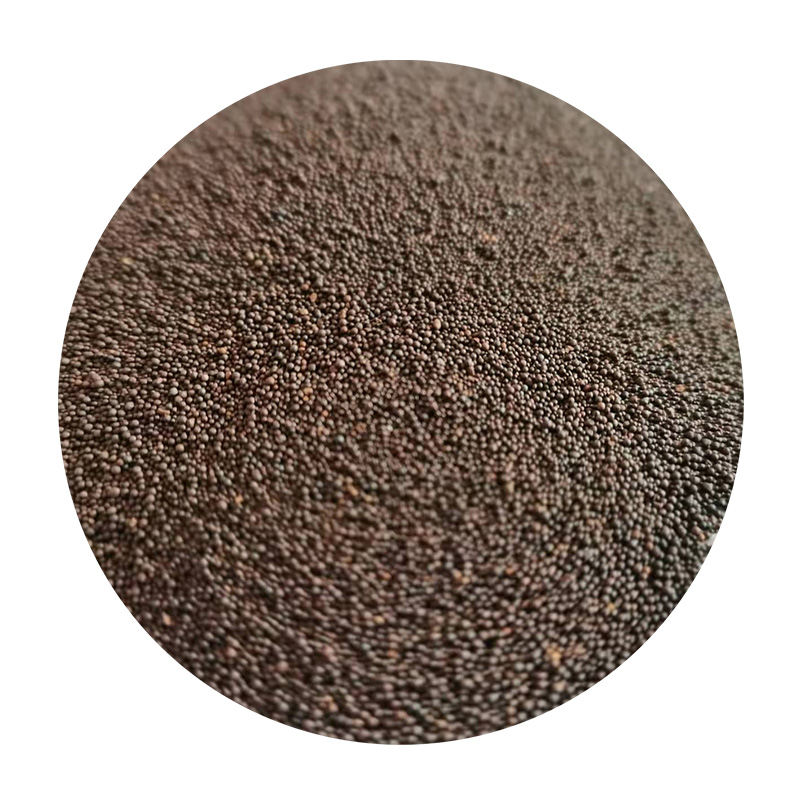Understanding Foundry Sand Testing A Key Element in Metal Casting
Foundry sand testing is a critical process in the metal casting industry, ensuring the quality and reliability of cast products. Sand forms the bulk of the mold used for casting metals, making its properties vital for producing high-quality components. This article explores the significance of foundry sand, the types of testing, and the implications of these tests on the overall quality of the casting process.
What is Foundry Sand?
Foundry sand is a specialized type of sand that is used in the casting process to create molds. Silica sand is the most commonly used type, due to its ability to withstand high temperatures and maintain structural integrity. The quality of foundry sand directly affects the surface finish, dimensional accuracy, and structural properties of the finished casting. Therefore, thorough testing of the sand is essential before it is used in production.
Types of Foundry Sand Testing
There are several key tests conducted to evaluate the properties of foundry sand, including
1. Grain Size Analysis This test measures the particle size distribution of the sand. A suitable grain size allows for optimal packing and flowability, which impacts mold strength and surface finish.
2. Moisture Content The moisture content of foundry sand is crucial, as it directly influences the bonding properties and strength of the mold. Too much moisture can lead to defects in the final casting, while too little can result in poor mold integrity.
foundry sand testing

3. Compaction Strength This test evaluates the strength of the sand when it is compacted. A strong mold is necessary to withstand the pouring of molten metal without deforming or collapsing.
4. Permeability Testing Permeability measures the sand's ability to allow gas to escape during the casting process. Proper gas escape is crucial to preventing defects such as blowholes and surface irregularities in the final product.
5. Plasticity Index This test determines the sand's ability to stretch and deform without breaking. High plasticity can enhance the mold’s ability to maintain its shape during metal pouring.
Importance of Testing
The importance of foundry sand testing cannot be overstated. Properly tested and controlled sand properties lead to several benefits in the casting process, such as reduced defect rates, improved surface quality, and increased production efficiency. Inconsistent sand quality can result in defective castings, leading to costly rework or scrapping of parts.
Moreover, quality sand leads to better mechanical properties in the final cast product, ensuring that it meets the specified standards for strength and durability. In industries demanding high precision, such as aerospace and automotive, the integrity of cast products is paramount, and this begins with the quality of the foundry sand.
Conclusion
In summary, foundry sand testing is an indispensable part of the metal casting process. Through various tests, foundries can ensure that their sand meets necessary specifications, thereby improving the quality of their castings. By prioritizing sand quality, foundries can enhance their overall production efficiency and maintain a competitive edge in the industry. As the need for high-quality metal components continues to grow, the significance of thorough foundry sand testing will only increase, marking it as a cornerstone of successful metal casting operations.
Post time:Ліст . 24, 2024 17:56
Next:Tips for Smoothing and Sanding Your 3D Printed Objects Effectively
